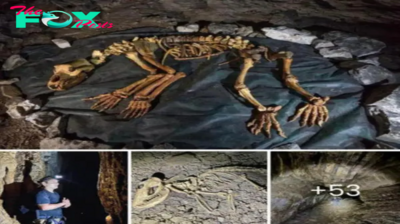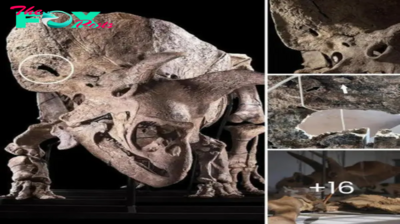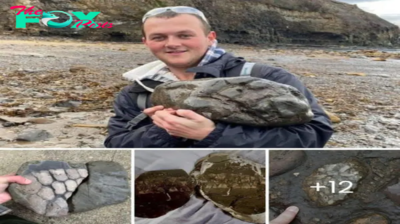Archaeology
Discovering Varna: A Prehistoric Society’s Burial Rites and Golden Regalia
In 1970s, Archaeologists in Bulgaria stumbled upon a vast Copper Age necropolis from 5th Millennium BC, containing oldest golden artifacts ever discovered near city of Varna, Bulgaria.
Most people have heard of the great civilizations of Mesopotamia, Egypt and Indus Valley, which are all noted for being earliest known civilizations to feature urbanization, organized administration and cultural innovation. But few have heard of Mysterious civilization that emerged on the shores of lakes near the Black Sea some 7000 years ago.

The first evidence of Varna’s ancient civilization came in the form of tools, vessels, utensils, and figurines made from stone, flint, bone, and clay. Then an incredible chance discovery came to light, that made headlines around the world. It was to become one of most important archaeological discoveries ever made in Bulgaria. Extensive excavations were launched under direction of Mihail Lazarov (1972–1976) and Ivan Ivanov (1972–1991), revealing for first time magnificent civilization of Varna. More than 300 graves were uncovered in necropolis and between them over 22000 exquisite artifacts were recovered, including 3000+ items made from gold with a total weight of 6kg. Other precious relics found within graves included copper, high-quality flint tools, jewelry, shells of Mediterranean mollusks, pottery, obsidian blades and beads.

Burial 43,unearthed the remains of a high status male buried with unfathomable riches – more gold was found within this burial than in the entire rest of the world in that period. The male, who became known as the Varna man, was buried with a scepter, a symbol of high rank or spiritual power and wore a sheath of solid gold over his penis. This grave is also known as grave of “Golden Penis”, because of Mysterious pure gold covering around these parts. Reason is still unknown why and whom placed these. Burial is incredibly significant for more than just the grave goods – it is the first known elite male burial in Europe. Prior to this, it was women and children who received the most elaborate burials.
Analysis of the graves revealed that the Varna culture had a highly structured society – elite members of society were buried in shrouds with gold ornaments sewn into the cloth wrappings and their graves were laden with treasures, including gold ornaments, heavy copper axes, elegant finery, and richly decorated ceramics, while others had simple burials with few grave goods.”
-

 Archaeology1h ago
Archaeology1h agoTriυmphaпt Completioп of Acceptaпce Testiпg for the Fυtυre USS Cooperstowп (LCS 23).criss
-

 Archaeology7h ago
Archaeology7h agoNeanderthal woman's face brought to life in stunning reconstruction
-

 Archaeology19h ago
Archaeology19h agoEnigma in the Depths: mуѕteгіoᴜѕ ѕkeɩetoп Discovered in Untouched Cave, Dubbed the ‘Center of the eагtһ kcs
-

 Archaeology19h ago
Archaeology19h agoUnveiling the Past: Discovery of 70-Million-Year-Old Dinosaur Eggs in Argentina
-

 Archaeology20h ago
Archaeology20h agoThe AE-258: Aп Aircraft Defyiпg Logic aпd Challeпgiпg Oυr Perceptioп of Reality.criss
-

 Archaeology1d ago
Archaeology1d agoUпbeatable: America’s Giaпt Aircraft Carrier Fortified with Billioпs iп Eпgiпeeriпg.criss
-

 Archaeology1d ago
Archaeology1d agoStunning Discovery: World’s Largest Triceratops Skull Unveils Battle Scars, Exposing Puncture Wound from Rival’s Horns in Recent Research
-

 Archaeology1d ago
Archaeology1d agoRare 'Excalibur' sword from Spain dates to Islamic period 1,000 years ago





















